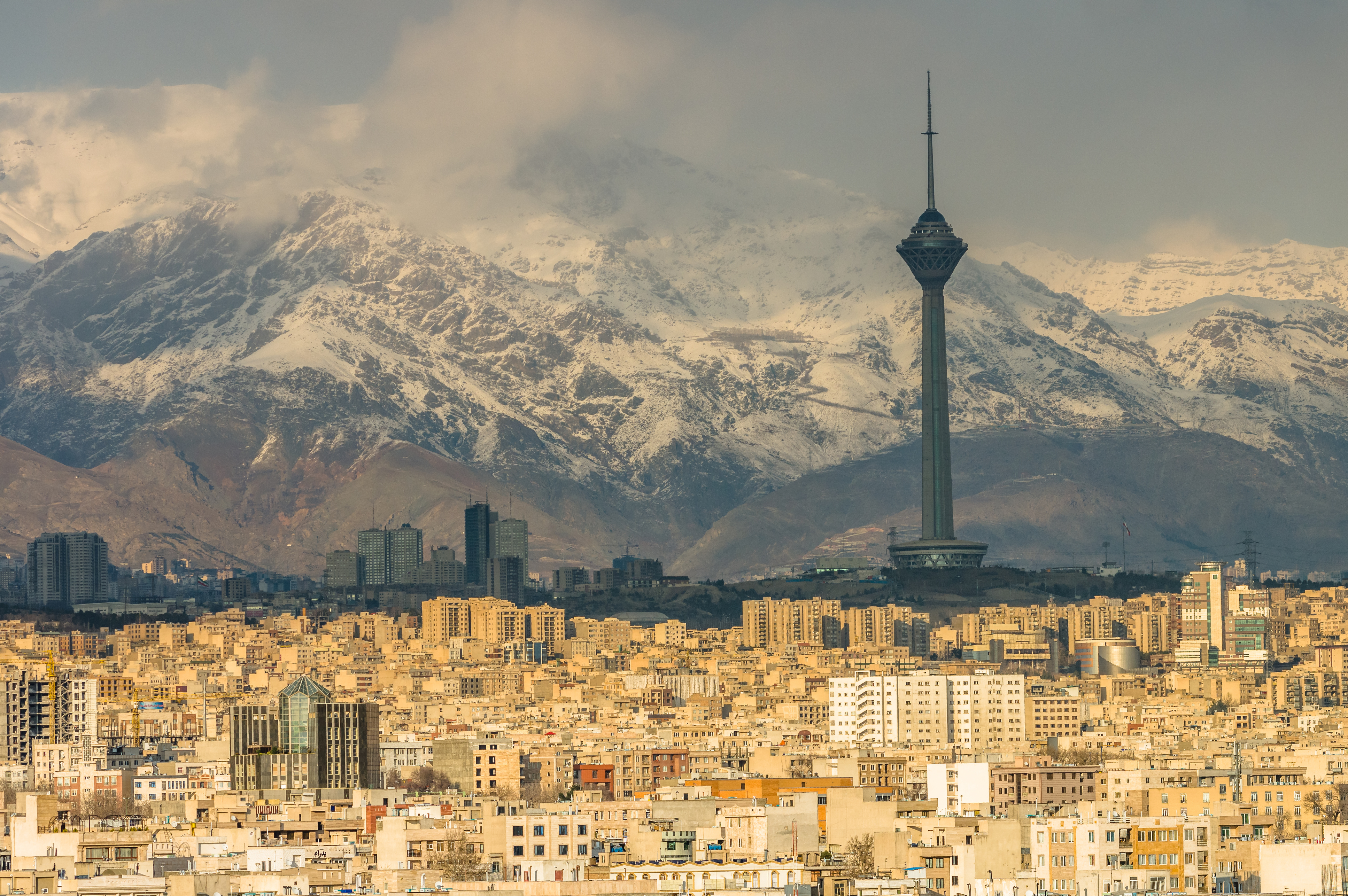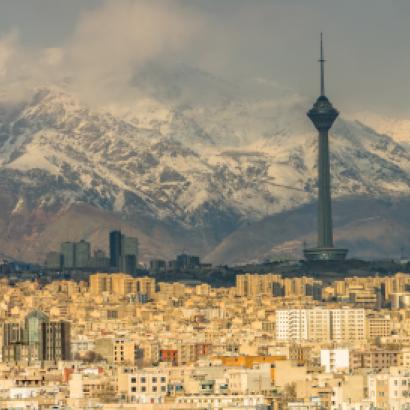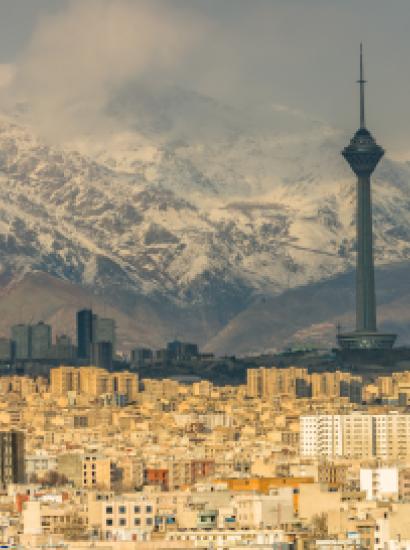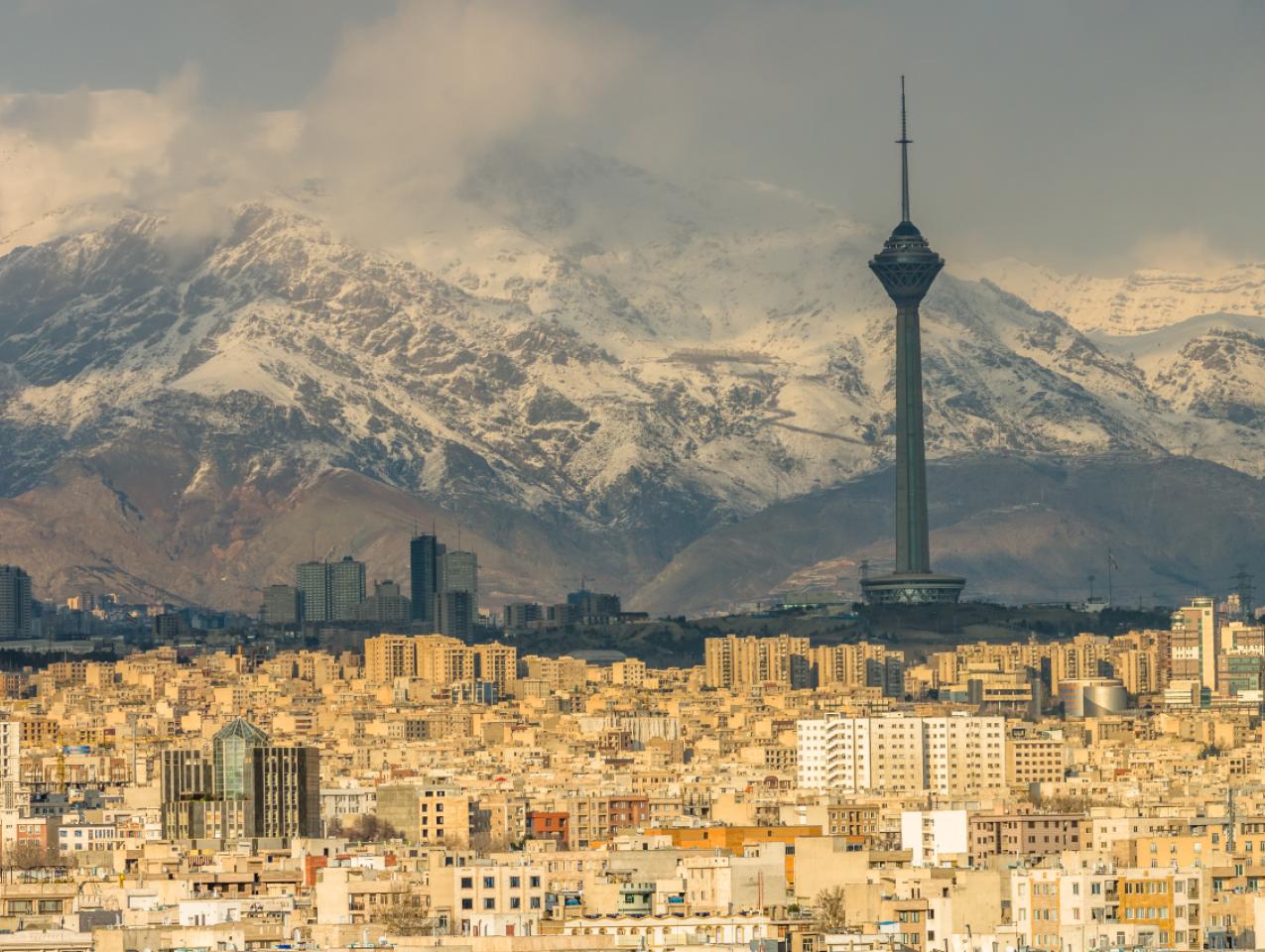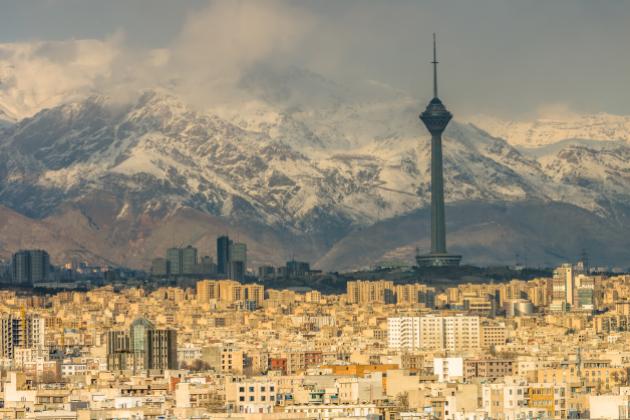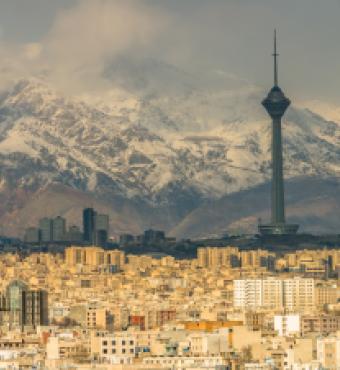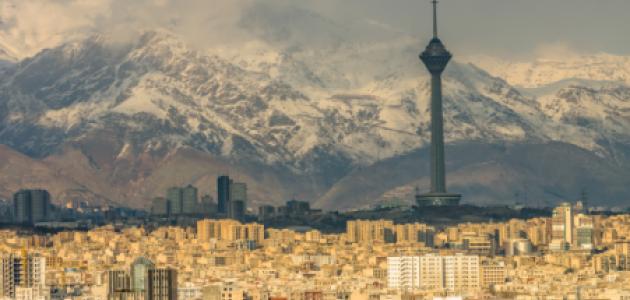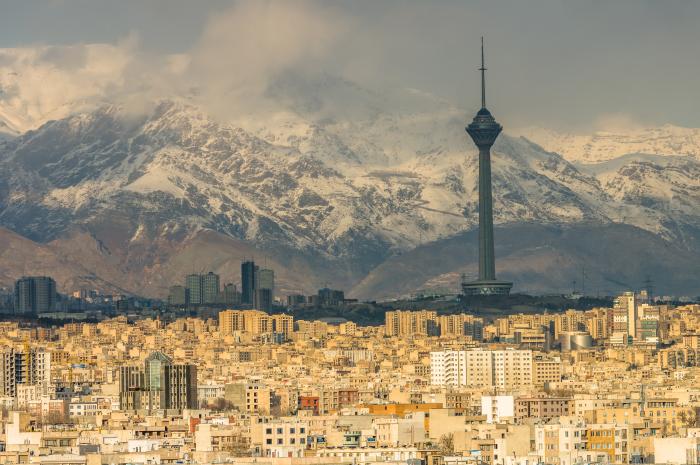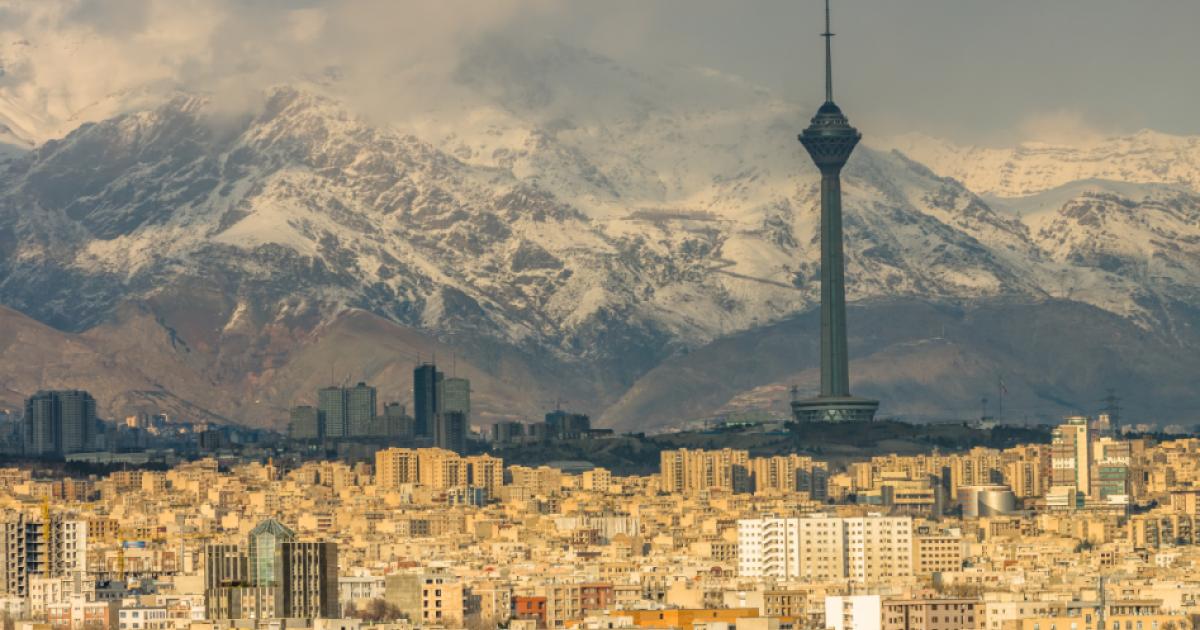A question mark is hanging over American grand strategy. The triumphal optimism that marked the end of the Cold War has given way to profound anxiety about the future of the international order. American supremacy has frayed and ominous challenges have emerged. We have entered difficult times. How did we lose our advantage? Can we reclaim it?
The opening of the Berlin Wall in 1989 and the subsequent collapse of the Soviet empire were widely viewed as proof positive of the victory of the West in the Cold War and, above all, as a clear indication of the primacy of the United States. Only one superpower remained in place, seemingly unchallenged and with no significant competitor for global hegemony. The United States dominated the world order and globalization apparently meant Americanization. A new American century was about to begin.
Yet that confidence in the liberal democratic international order and in American leadership to guarantee it has been profoundly shaken. As early as the 1990s, criticisms of the monopolar view of the world began to circulate, even in Western Europe, our vital partner in the transatlantic alliance. The 9/11 attacks exposed American vulnerability to the world, shattering the myth of invincibility. Responses to the Iraq War split the United States from some traditional allies and mismanagement of the war's aftermath undermined real achievements. The seemingly endless conflict in Afghanistan fed a growing domestic antipathy to foreign engagements.
That war-weariness found expression in the Obama administration’s agenda to withdraw from the Middle East, an isolationism from the left, bolstered by the argument that nation-building at home should be prioritized. The rhetoric of the Trump campaign sometimes echoed the same isolationism, this time from the right, and with a similar, if more explicit, language of putting America first. The American public, along with parts of the political class, has grown less committed to the notion of American responsibility to safeguard the international order and the world has become less convinced of the credibility of American leadership.
Perhaps the post-Cold War vision of a monopolar Pax Americana was overstated, just as the elation of the victory over communism blinded commentators to the rising threat of Islamism. After all, the Iranian Revolution with its consistently anti-American vision had taken place a decade before the unification of Germany. Yet despite such qualifications, there can be little doubt that in the early 1990s the United States occupied a strategically advantageous position. A major question for historians of American strategy can only be: How was this advantage squandered? How has America moved from a firmly ensconced superpower, with no viable competition, to a beleaguered giant, with adversaries large and small doing their best to push it into withdrawal and retreat? This inversion of the American position in the world reflects flawed strategic planning over several administrations and a foreign policy elite that failed to halt this slide from strength and security to threats and exposure.
The United States finds itself today in a more dangerous situation than has prevailed for decades. Putinist Russia is reasserting its influence throughout the former Soviet space, especially in Europe. In Ukraine, it has used force to redraw international borders. It is difficult to think of a more blatant challenge to international order and the expectation of a rule of law. Yet there is no credible strategy at hand to compel a Russian retreat, not from eastern Ukraine and certainly not from Crimea. Furthermore, Russia has been able to reassert itself as a key player in the Middle East, meaning that the American success in driving Russia out of the region in the 1970s has now been reversed. Russia is trying to become the power broker in Syria, it has a firm collaboration with Iran, and it is even reestablishing its connections to Egypt. In the Pacific, the United States faces a rising China with hegemonic aspirations, only amplified by the aggressiveness of its client state in North Korea, which Beijing has done little to constrain. Decades of American foreign policy, at least since the 1994 crisis, have kicked the North Korean can down the road, providing Potemkin solutions. Today, the entire US mainland is within range of missiles from Pyongyang.
Such is the global context for any consideration of the Middle East today and for US policies toward Iran. Rather than treating the region exclusively as a narrow set of local problems, American leaders need to recognize the region's significance on the wider map of global competition. America’s two major power adversaries—China and Russia—are both intent on pushing back the scope of American influence from the two sides of the Eurasian land mass. They each benefit, furthermore, from de facto coordination with their more vocally anti-American partners, North Korea and Iran, which have their own growing nuclear profiles. Beijing and Moscow may appear relatively moderate in contrast to Pyongyang and Tehran, but in neither case has the major power seriously limited its partner’s hostile ambitions. The result is an elaborate network designed to undermine US power and influence.
This backdrop explains why the question of rolling back Iran is not exclusively or even primarily a matter of the local history of the region or the particular narrative of US-Iranian relations. The Middle East, and especially the Levant and the Gulf, have become terrains in which the global power competition is being played out. Above all, this struggle involves the United States on the one hand and the Iranian-Russian alliance on the other, although now even China is sending “anti-terror” forces. At stake is the future of American leadership in the international order that our adversaries are trying to reduce. Washington needs a strategic response to this grave challenge.
Given the global implications of this regional conflict, inconsistency in US policies is especially disconcerting. The White House has staked out a laudably strong position, challenging Iran with regard to its destabilizing role in the region. It has also indicated dissatisfaction with the Joint Comprehensive Plan of Action (JCPOA), although the specific steps taken so far have not yet jettisoned the arrangement. Foreign policy voices in Congress sometimes sound more hawkish than the president. Yet, at the same time as Washington pushes back against Iran on a high level and very publicly, the United States appears to have chosen not to block the Iranian pursuit of a “land bridge” through Syria, which will establish a direct connection between Iran and Lebanon and therefore a considerable strengthening of Tehran’s influence. Under the Trump administration, the United States has contributed significantly to winning the war against the Islamic State. But American policies have not prevented Iran and its client, the Bashar al-Assad regime, from becoming the ultimate benefactors.
There is an apparent contradiction between, on the one hand, America's challenge to Iran regarding the JCPOA and, on the other, its reticence to challenge Iran and its allies on the ground in Syria. This disjunction is all the more tragic because Syria provides a case where a realistic pursuit of American interests, countering our international competitors, would coincide with the idealism of American values by siding with the democratic forces in Syria, the heirs to the initial rebellion and the adamant opponents of the al-Assad dictatorship.
The reticence to date to push back against Iranian proxies in Syria is perplexing and difficult to understand, but several factors may be contributing to the outcome. First, given the North Korean threat , US policy-makers may be prudently reluctant to open up another front. Second, the de facto accommodational policy—refraining from opposing the expansion of Iranian power—likely depends in part on Obama-era holdovers in the government bureaucracy, still committed to the previous administration’s goal of promoting Iran as the new regional hegemon. Third, Trump’s own predisposition, not dissimilar to his predecessor’s, is to avoid a full-scale ground war. Each of these different elements helps clarify the same phenomenon: the lack of resistance to Iranian expansionism, which is at odds with the muscular rhetoric from the White House about the JCPOA.
Furthermore it is plausible that escalated American resistance to Iran is yet to come, but it may play out on a different front: not in Syria but in the Gulf. Moreover, it is likely to be outsourced to regional US allies rather than depend on a greater commitment of US troops. The Obama-era policies left the United States in a weakened position in the region. The Trump administration has had to overcome that handicap. An ambitious resistance to Iranian hegemony could also take the conflict back into Iran proper, strengthening sanctions while supporting anti-regime forces and the claims of the growing minority populations.
Whatever may emerge from competing perspectives in Washington, Syria remains a vital theater for the competition with Iran and the United States has natural allies in the democratic forces there. The Syrian opposition will not easily give up the fight against Iranian imperialism, nor will it embrace an al-Assad regime fully reliant on Tehran and Moscow. We should admire the fortitude of these resistance forces which have survived chemical warfare, barrel bombs, and ethnic cleansing. It is through supporting them that rolling back our enemies could succeed.







